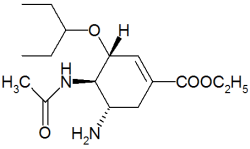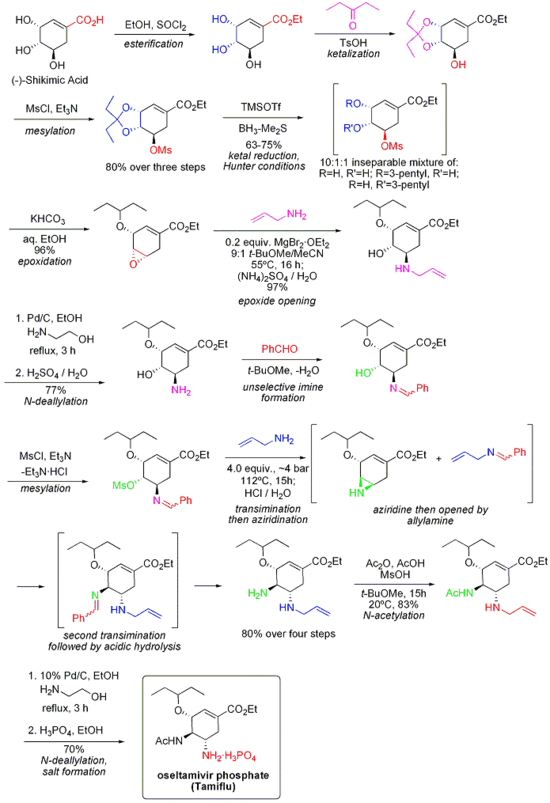HONG KONG, Nov. 3 Kyodo
Flu treatment Tamiflu's Swiss maker Roche has stopped supplying the drug to Hong Kong pharmacies and private doctors to reserve world supply in case a flu pandemic strikes, the company said Thursday.
Roche Hong Kong spokeswoman Farrah Chan said in a statement the company notified doctors and drug stores of the cease of supply on Tuesday to ''reserve for the use at the time of the influenza season.''
Countries other than Hong Kong where supply of the drug was also halted include the United States, Finland, Canada and Denmark, the statement said. The company did not confirm if any other country has been licensed to produce the drug.
Demand for the drug is expected to significantly outweigh supply during a flu pandemic that could be caused by a mutation of the dangerous bird flu virus H5N1 strain, enabling it to jump from birds to humans on a mass scale.
Japan's Chugai Pharmaceutical Co., a member company of Roche, was licensed to produce Tamiflu.
Reports that Roche's Shanghai company in China may be licensed have yet to be confirmed.
Taiwan and Argentina, meanwhile, have said they developed a generic medicine with a function similar to Tamiflu and will use it if a pandemic hits whether Roche licenses it or not.
Hong Kong's health chief York Chow said Roche's decision is understandable and he vowed the supply in public hospitals in Hong Kong will not be affected.
''The public should realize that misuse of Tamiflu might cause drug resistance in the flu virus,'' he said, adding that the current 3.5 million capsules of Tamiflu in stock will be sufficient should there be a human flu pandemic because only seriously ill patients with complications would be given the drug.
The retail price of a 10-capsule box of the antiviral rose from around HK$180 (US$23) a few months ago to HK$600 shortly before the stock went out, despite a Roche promise not to raise prices.
Hong Kong Medical Association President Gabriel Choi said private doctors and hospitals are told that new orders of Tamiflu will not be available in the next 18 months.
However, government orders will continue to be filled, the pharmaceutical company said.
Hong Kong's stockpiling target is 20 million capsules by 2007, while the neighboring Chinese province Guangdong has 10,000 Tamiflu capsules in stock, in addition to other treatments such as Chinese herbal medicines.
The provincial health department said it will stock up on the antiviral in future if needs arise, meanwhile, they will strengthen monitoring and notification systems with Hong Kong and give early warnings to the territory if there are suspected cases of humans catching bird flu.
According to Roche, the greatest use of Tamiflu now is in Japan.
There were an estimated 16 million influenza infections in Japan over the past influenza season and about six million of those people took Tamiflu.
COPYRIGHT 2005 Kyodo News International, Inc.
COPYRIGHT 2005 Gale Group



